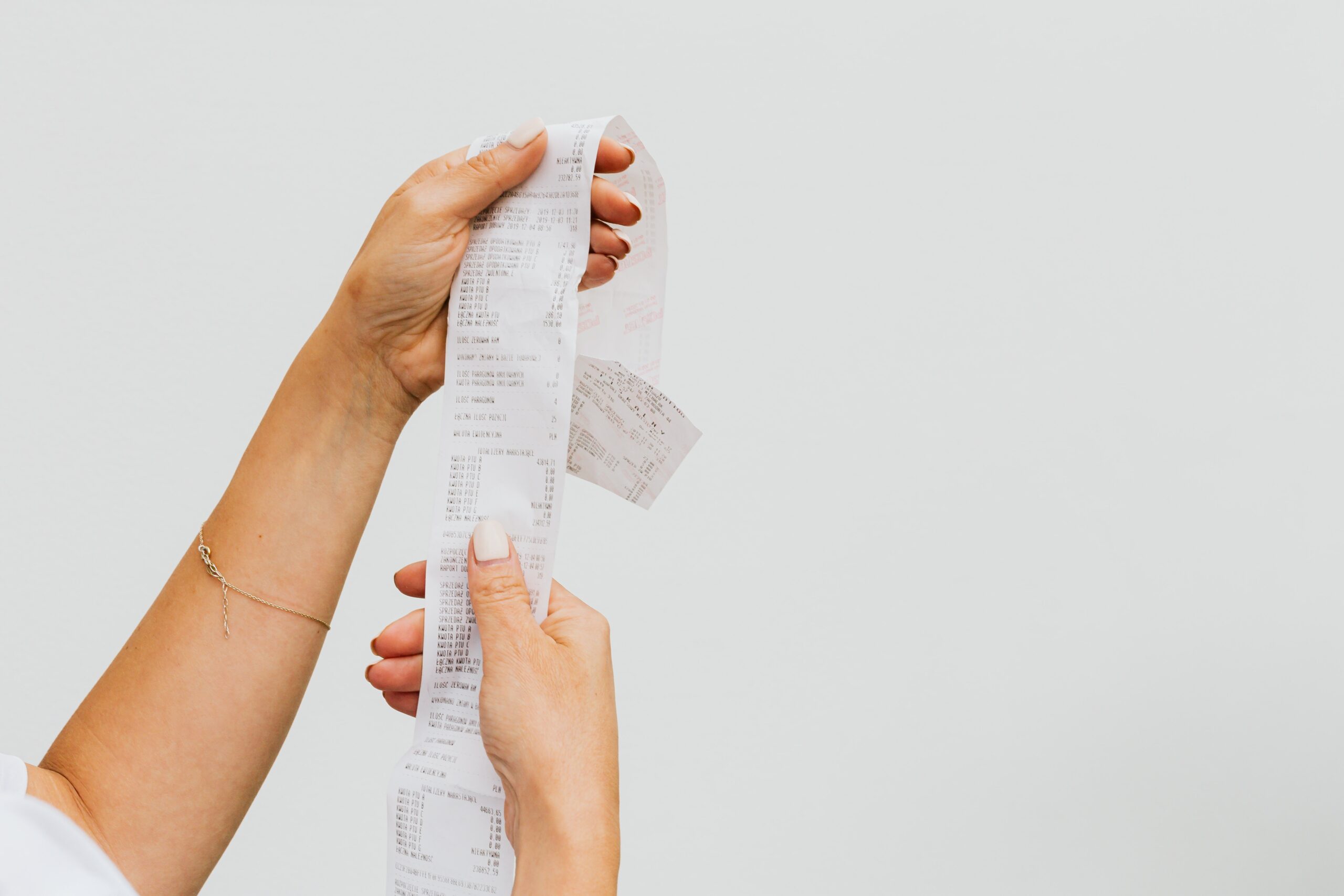Spending habits can have a significant impact on your financial well-being. They can lead to overspending, debt, and financial stress without proper control. However, with the right tools and strategies, you can take control of your spending and create healthy financial habits. This post will discuss controlling your spending habits, including tools to help you spot bad and reasonable spending habits and tips for making lasting changes.
Tools to Help You Control Your Spending
Several tools are available to help you control your spending habits, including budgeting apps, online financial management tools, and cash envelopes.
Budgeting apps like Mint provide a comprehensive view of your finances, including spending, savings, and investments.
Online financial management tools like YNAB (You Need a Budget) help you create and stick to a budget.
Cash envelopes are a simple and effective tool for controlling spending, as they limit the amount of cash available for discretionary expenses.
How to Spot Bad and Good Spending Habits
It is essential to identify bad and good spending habits to control your spending habits.
Bad spending habits include overspending, impulse buying, and spending on non-essential items.
Good spending habits include:
- Creating and sticking to a budget.
- Saving for long-term goals.
- Making smart financial decisions.
Tips for Making Lasting Changes
Making lasting changes to your spending habits requires discipline and determination. Here are a few tips to help you control your spending:
- Create a budget and stick to it: A budget provides a roadmap for your spending and helps you prioritize your expenses.
- Avoid impulse buys: Before making a purchase, ask yourself if it is necessary or if you can wait.
- Save for big purchases: Instead of using credit cards or loans, save for big purchases and pay in cash.
- Track your spending: Keeping track of your spending can help you identify areas where you may be overspending and make changes.
- Avoid lifestyle inflation: As your income increases, resist the urge to increase your spending. Here are some examples of lifestyle inflation:
- Dining out more often or upgrading to pricier restaurants.
- Taking more expensive vacations or traveling more frequently.
- Buying luxury items such as designer clothing, jewelry, or electronics.
In conclusion, controlling your spending habits is essential for financial well-being. With the right tools and strategies, you can create healthy spending habits and achieve your financial goals. Start making changes today to take control of your spending and improve your financial future.
For more financial tips, click here.

